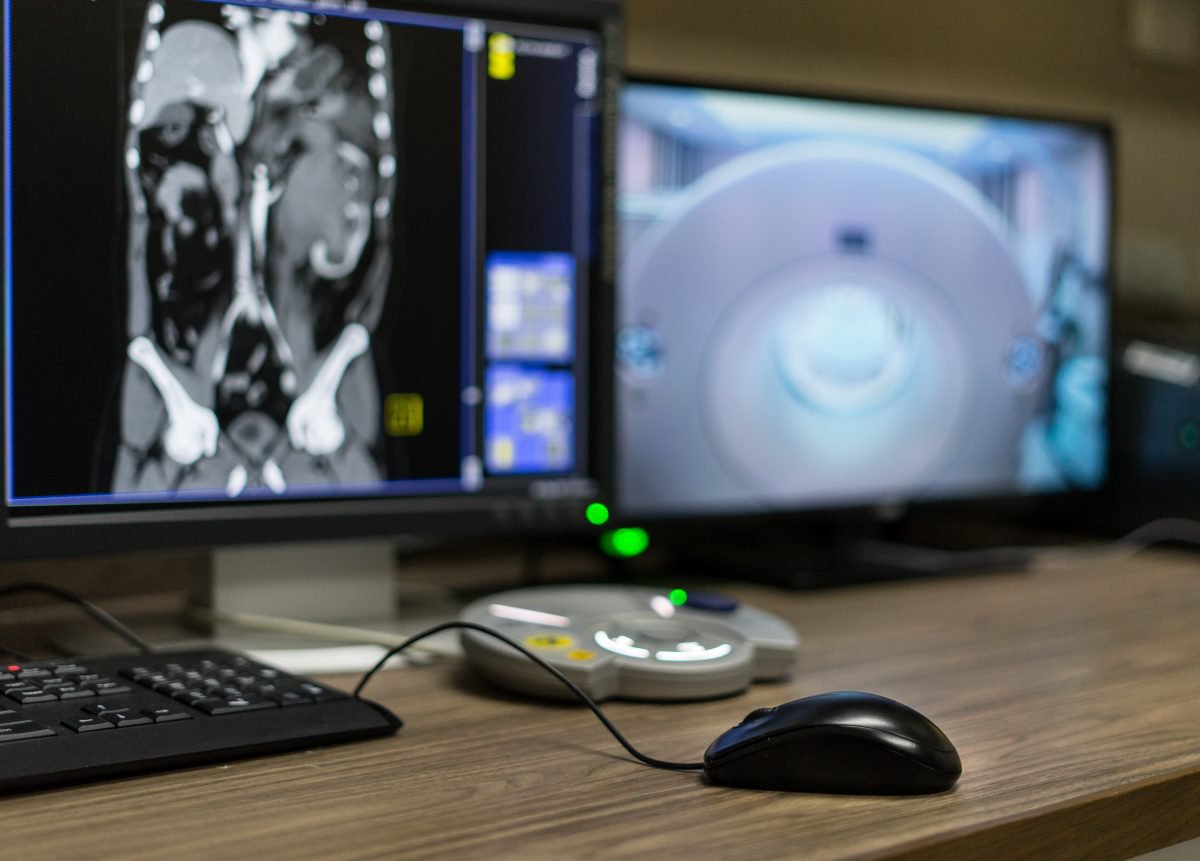AI and its Future in Radiology
The first MRI machine was created almost 40 years ago and was a real game-changer because the patient no longer had to be exposed to ionising radiation, something that can be found in X-rays, for example. Another huge benefit was that it could produce quality images of many different parts of the human body which paved the way for discoveries such as the visualization of the spinal cord for the first time. Today, the MRI is one of the main methods radiologists and other medical professionals use in order to get information about the existence of certain diseases and injuries.
Interestingly enough, all of this success has a downside since technologies like the MRI have become so popular that the demand now exceeds the supply. As the population gets older, they start needing more scans in order to improve the quality of their health. Not only is there not enough machines to handle all of the patients, but there is a shortage of radiologists as well with even the most efficient departments having to outsource some of the work.
In order to solve this shortage problem and increase the level of patient care, a lot of medical professionals have placed their hopes on artificial intelligence. Let’s take a look at how AI is being used to solve the problems mentioned and what its future holds in the radiology sphere.
AI in Radiology
Doctors and researchers are now using AI to help more quickly and accurately diagnose patients. This involves feeding machine learning algorithms with thousands and thousands of images with past diagnosis so that they can learn to identify injuries, diseases, tumors etc. themselves. Of course, training machine learning algorithms is time consuming work because it requires annotating all of the images that are being fed into the system.
In order to cope with this challenge and keep the costs of development under wraps, such healthcare data annotation is being outsourced to countries like Ukraine, where one can get the same quality of doctors as those in the west, but at a fraction of the cost. Mindy Support has extensive experience taking on medical data annotation projects of all sizes and finding the right candidates to perform the job on time and on budget.
There are additional obstacles that need to be overcome such as secure access to patient data and the general negative sentiment of machines performing such important work. However, as time goes on and the technology becomes more developed and refined, a lot of the problems we are experiencing today will start to disappear.
The Future of AI in Radiology
Currently, many countries explore the possibilities that AI can bring to the radiology sphere. In the UK, for example, a new £15 million-pound facility has been setup to test exactly how well the machine learning algorithms compare with human expertise. Researchers have been provided with access to hundreds of thousands of anonymous X-rays and other screenings to further hone their methods.
If AI becomes mainstream in radiology, it could hold the key to providing all of the patients with the quality of care they deserve. Doctors will not have to spend hours evaluating images to detect certain signs since all of this will be done automatically. This will allow doctors to spend more time with patients to actually provide them with a deeper level of consultations and develop a more customized treatment program. Similarly, if the machine does not detect anything, the patient and the medical staff will not have to spend time coming up with a treatment plan for something that doesn’t even exist.
We Control the Direction of Healthcare
While doctors and medical researchers are coming up with the newest cutting edge technology to provide better care, the patients and the public at large needs to actively demand such advanced technology to be used. While it may lead to profits for the medical tech companies the same way that pharmacy companies profit off the sale of new drugs, ultimately, it will lead to a decrease in health costs and an increase in the quality of healthcare.
AI in Radiology FAQ
How is AI being used to improve radiology?
AI is being used in radiology to help quickly and accurately diagnose patients by analyzing medical images. Machine learning algorithms are trained with thousands of annotated images to identify injuries, diseases, and tumors. This reduces the time doctors spend on evaluations, allowing them to focus more on patient care and develop personalized treatment plans.
What challenges are faced in implementing AI in radiology?
Implementing AI in radiology faces several challenges, including the need for extensive and accurate data annotation, secure access to patient data, and overcoming the general skepticism towards machines performing critical diagnostic tasks. Additionally, the cost of developing and training AI systems can be high, but outsourcing data annotation to countries with lower labor costs, like Ukraine, can help manage expenses.
What is the future of AI in radiology?
The future of AI in radiology looks promising, with ongoing research and development aimed at refining machine learning algorithms. For example, the UK has established a £15 million facility to test AI’s effectiveness compared to human expertise. If AI becomes mainstream, it could revolutionize patient care by automating image analysis, reducing healthcare costs, and enabling doctors to provide more comprehensive and personalized consultations.






